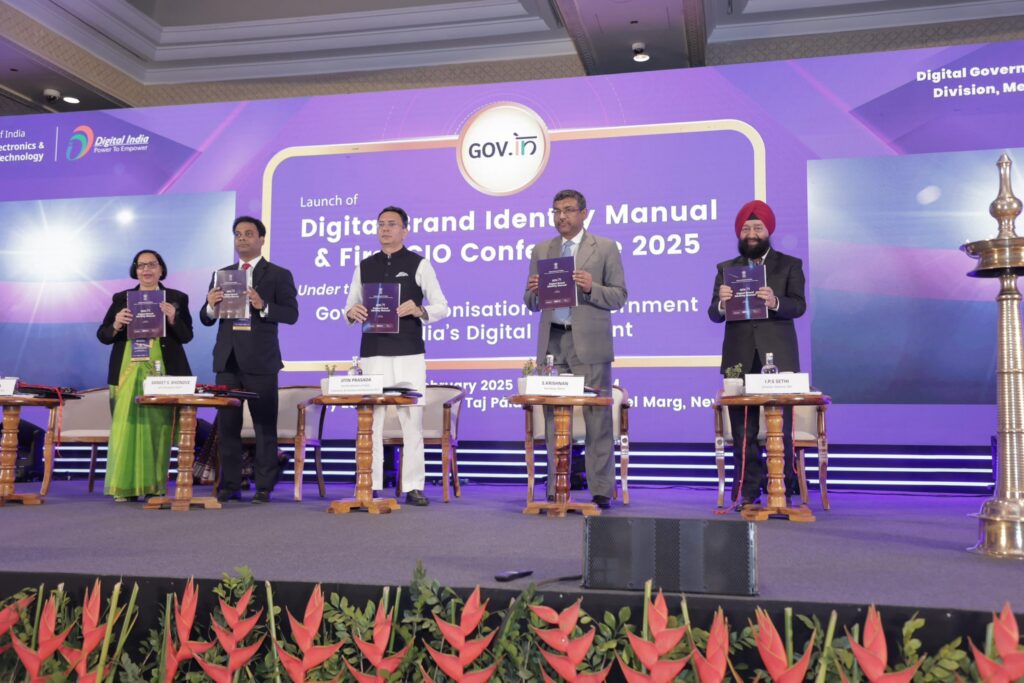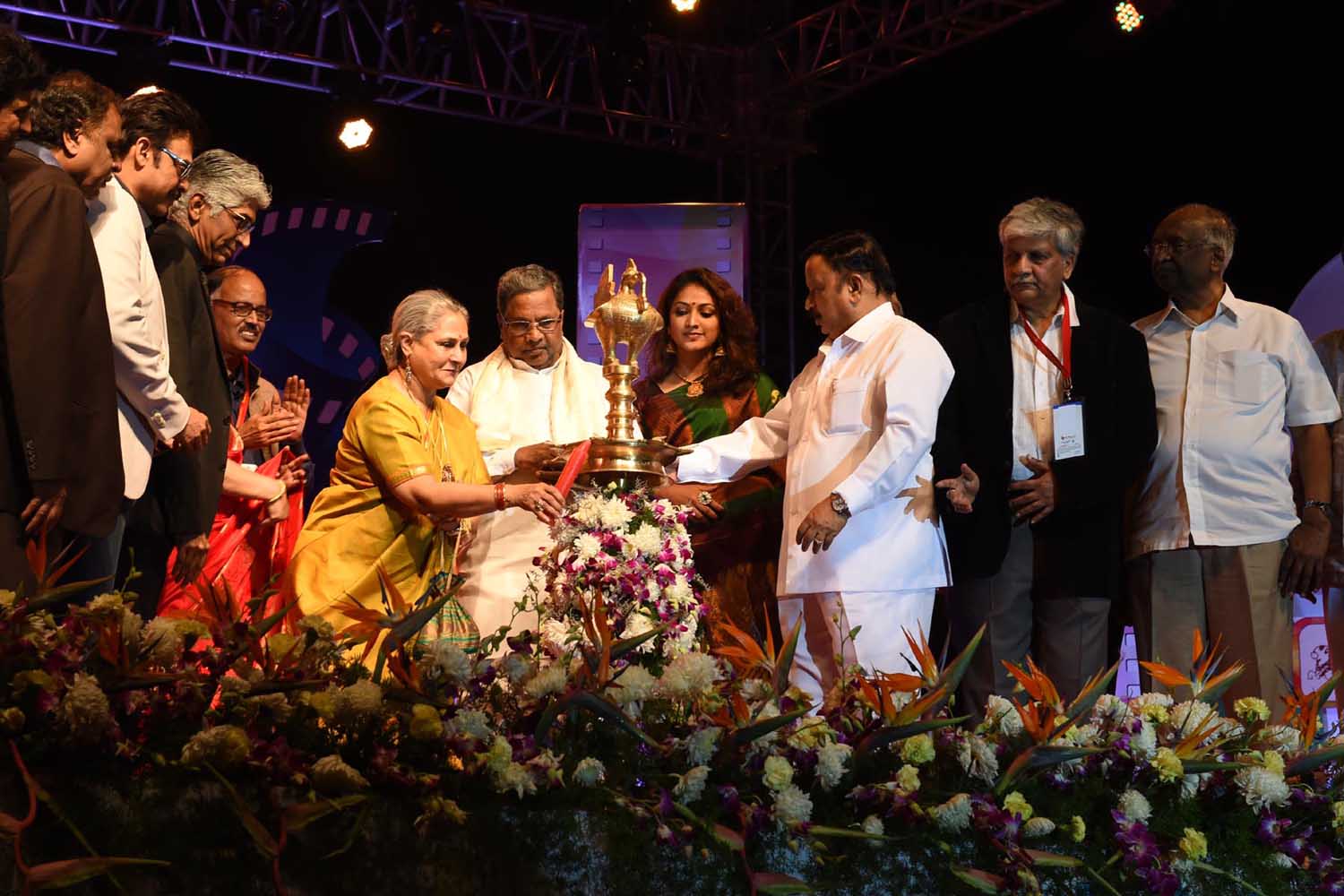Ministry of Electronics and Information Technology (MeitY) released the Digital Brand Identity Manual (DBIM) as part of its efforts to bring uniformity across government websites and digital platforms. The DBIM defines key elements of a consistent digital identity, including visual identities such as logos, color palettes, typography, and imagery, as well as verbal identities like brand voice, messaging frameworks, and taglines. These guidelines aim to enhance citizen engagement and improve the overall user experience in service delivery.
As part of the Gov.In: Harmonisation of Government of India’s Digital Footprint initiative, the DBIM seeks to establish a standardized and seamless digital presence across government ministries, departments, and agencies. This initiative aligns with the vision of Prime Minister Narendra Modi to transform governance through technology, ensuring accessibility, efficiency, and a more citizen-friendly digital experience.
The primary objective of the DBIM is to create a unified and consistent digital brand for the Government of India. By standardizing elements such as color palettes, typography, and iconography, the manual not only ensures uniformity in look and feel but also strengthens the integrity of government-hosted data. This cohesive approach will enable government departments to present a compelling and trustworthy brand presence, both nationally and globally. The guidelines extend beyond websites to cover mobile applications and social media platforms, reinforcing a seamless user experience across all digital touchpoints.
To mark this milestone, the launch of the Digital Brand Identity Manual (DBIM) and the First CIO Conference 2025 is ongoing 18th Feb today at Taj Palace, New Delhi. The event is graced by key stakeholders, including representatives from MeitY, NIC, MyGov, and other government ministries. Shri Jitin Prasada, Union Minister of State for Electronics and Information Technology and Commerce & Industry, will officially launch the DBIM, introducing the framework for a unified digital identity across government platforms.
Key Components of the Initiative
The harmonisation initiative is built on the following key elements:
Digital Brand Identity Manual (DBIM): A comprehensive guide to ensure visual and functional consistency across government websites.
DBIM Toolkit: A set of tools enabling seamless adoption of DBIM.
GOV.IN CMS Platform: A standardized content management system tailored for DBIM Compliant websites and applications.
Central Content Publishing System: A streamlined mechanism for centralized content updates.
Social Media Integration: A unified approach to social media branding and digital outreach.
Planned Activities at the Event
The event will serve as a platform to discuss the roadmap for the adoption of DBIM across government websites and applications. Key highlights include:
Released of the Digital Brand Identity Manual (DBIM)
Launch of the DBIM-Compliant MeitY Website
Comprehensive discussions on harmonisation components
Capacity-building sessions for Chief Information Officers (CIOs)
This initiative is led by the Ministry of Electronics and Information Technology: Digital Governance Division and National Informatics Centre. To explore various government digital services and platforms, visit www.nic.in







Leave a Reply